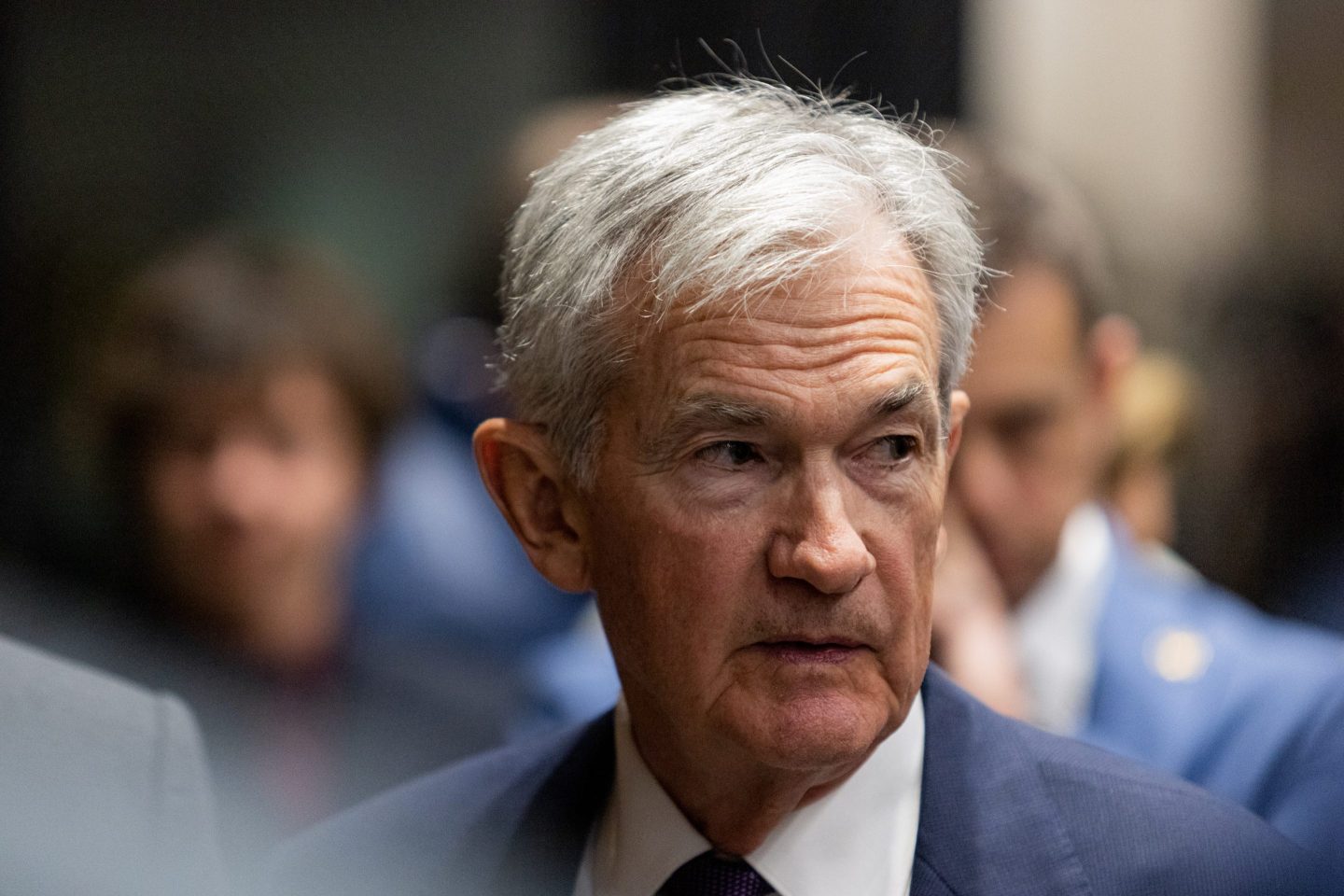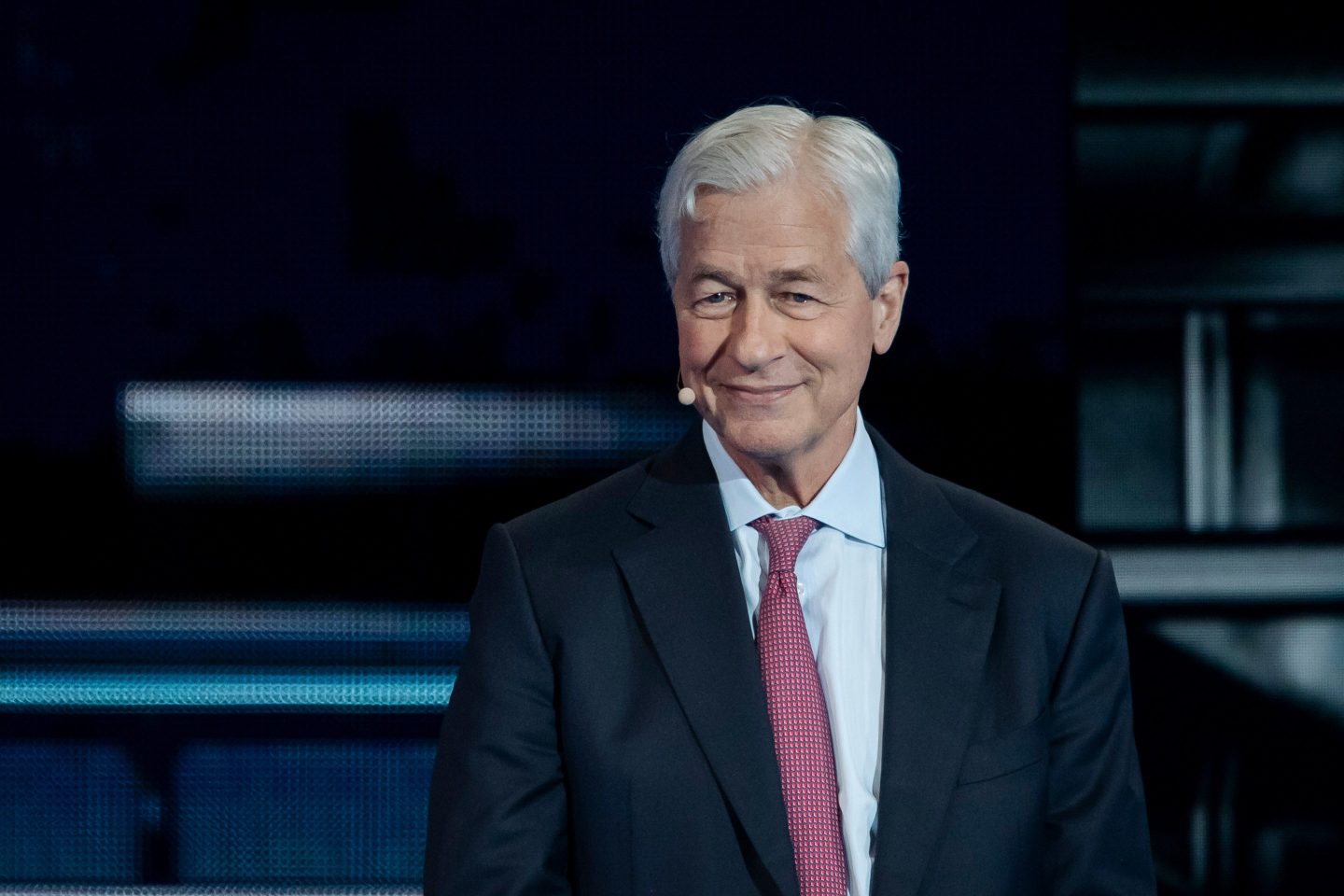Earlier this week, The Carlyle Group’s David Rubenstein and British buyout boss/gadfly Jon Moulton spoke at the SuperReturn conference in Dubai. The WSJ was there to cover, and headlined its story: “Private equity veterans call for fee overhaul.” Here was the lead:
“Two of the private-equity industry’s biggest names have called for an overhaul of buyout firms’ fee model, so that the best firms would charge more and the weakest concede ground to investors… The statements from the industry veterans could increase investor pressure for buyout firms to alter their fee model. The model allows them to charge a 2% annual management fee and receive a 20% share of profits, as well as taking transaction fees from portfolio companies.
Wow. Sounds important.
But like so many things that sound important, this isn’t. In fact, it’s not even accurate.
Two-and-twenty is a standard baseline for fund terms, but specific vehicles have leveraged market-driven terms for years. For example, Bain Capital is known for featuring a 30% carried interest on some of its funds. Audax Group and Berkshire Partners have used 25 percent. Ditto for the VC market, where firms like Venrock have been above 20% carry for years.
As for the “2,” that also has been toyed with. During an LP panel I moderated last year in Quebec City, the consensus was that 1.5 had become the new 2.
Rubenstein and Moulton clearly know this, which is why I think the WSJ may have missed the real story: Successful private equity firms – perhaps including Carlyle — are beginning to lay the groundwork for separate managed accounts for larger LPs.
We’ve seen such things from secondary and real estate funds, but not yet from private equity. Instead, PE firms have considered separate accounts an accounting hassle, and instead have offered pay-to-play MFN clauses. For the uninitiated, those work as follows: A big pension fund agrees to invest $500 million, in exchange for preferential terms. MFN, or most favored nation, means that any other LP who comes up with $500 million also gets those terms.
Those work out pretty well for large investors – you know, the ones that all big buyout firms want/need – but it still means that they are invested in the exact same portfolio as all the peon LPs. A separate account would mean that big LPs could actually cherry-pick certain types of deals.
For example, imagine a big PE shop raised an Asia fund. Well, a big pension could say: “We want a separate account that only invests in deals from a select list of Asian countries.” Or perhaps a PIPE exclusion. Or PIPE-only. The possibilities are endless.
One reason we haven’t seen these arrangements yet from big buyout funds is that few such funds have been raised since the economy collapsed and LPs were empowered to flex their muscles. But it’s coming – at which point only one question will remain: do separate managed accounts represent a new normal, or do they go away once GPs are back in power?










